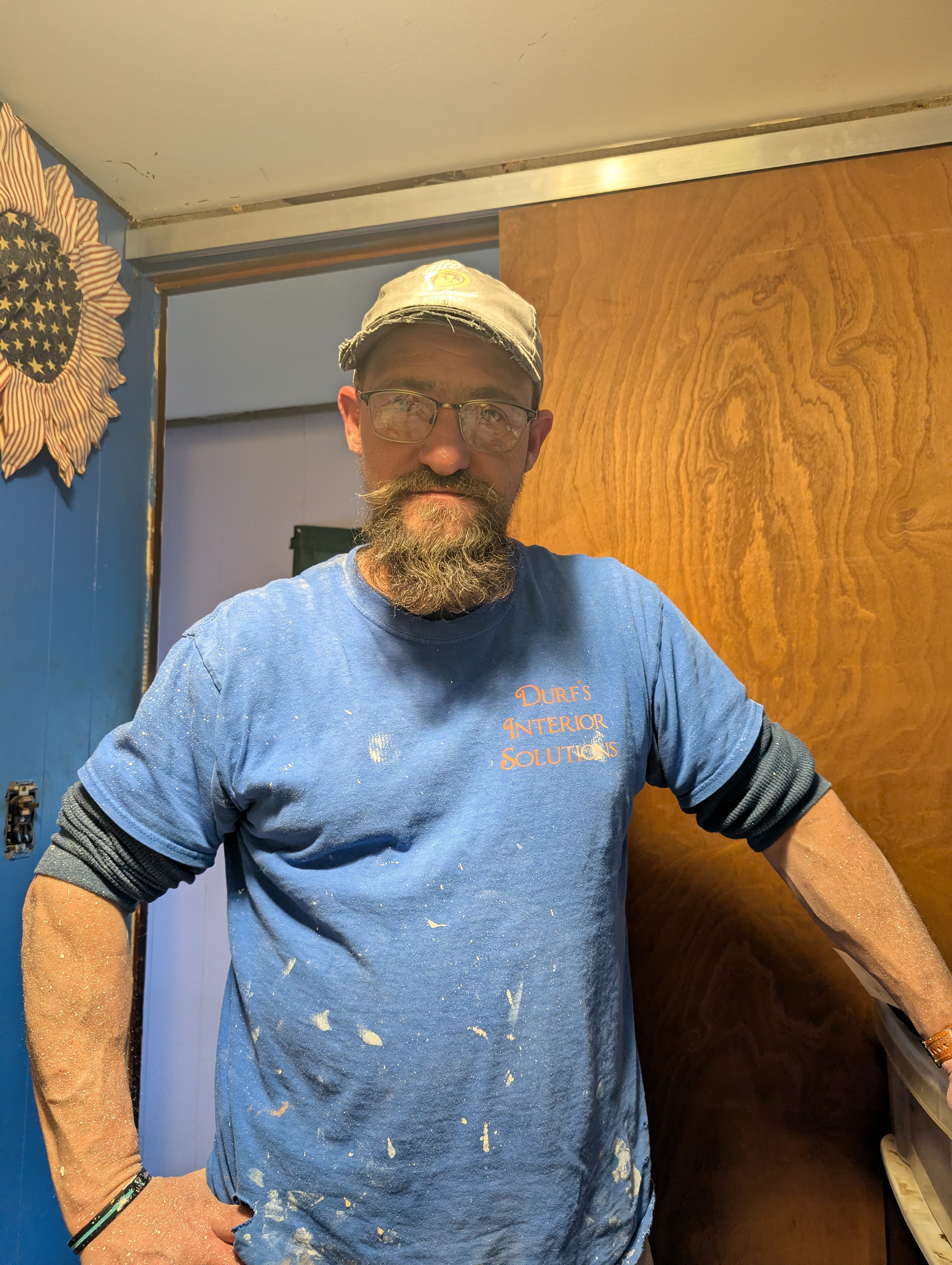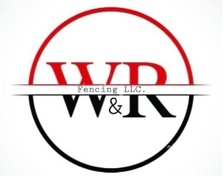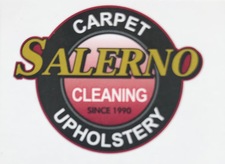
Get matched with top structural engineers in Williamstown, VT
Enter your zip and get matched with up to 5 pros
Need a pro for your structural engineering project in Williamstown, VT?
Verified Reviews for Structural Engineering pros in Williamstown, VT
*The Angi rating for Structural Engineering companies in Williamstown, VT is a rating based on verified reviews from our community of homeowners who have used these pros to meet their Structural Engineering needs.
*The HomeAdvisor rating for Structural Engineering companies in Williamstown, VT is a rating based on verified reviews from our community of homeowners who have used these pros to meet their Structural Engineering needs.
Last update on December 13, 2025
Find Structural engineers in Williamstown
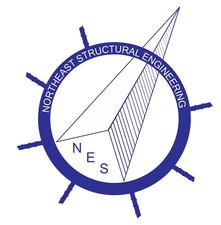
Northeast Structural Engineering
Northeast Structural Engineering
Structural Engineering Design & Analysis NES brings more than 25 years of experience to your projects from concept to completion. Whether large or small, your project will receive personal attention in line with your needs. Creative solutions are balanced with costs in commercial, residential, institutional, industrial, historic preservation designs, and more. Northeast Structural Engineering will team with you to bring your vision to reality.
"."
Jason C on January 2022
Structural Engineering Design & Analysis NES brings more than 25 years of experience to your projects from concept to completion. Whether large or small, your project will receive personal attention in line with your needs. Creative solutions are balanced with costs in commercial, residential, institutional, industrial, historic preservation designs, and more. Northeast Structural Engineering will team with you to bring your vision to reality.
"."
Jason C on January 2022
Cole Engineering & Construction
Cole Engineering & Construction
Cole leads his team of professionals with over thirty years experience in all aspects of construction, including commercial, educational, health care, institutional, residential, adaptive re-use and historic preservation.
Cole leads his team of professionals with over thirty years experience in all aspects of construction, including commercial, educational, health care, institutional, residential, adaptive re-use and historic preservation.
EHM
EHM
EHM is a structural moving and elevating company that also specializes in foundation repair and replacement. We have been working in the Midwest since the Great Floods of 1993. We specialize in severely comprised foundation issues. We can elevate, level, pier or replace a wall or your entire foundation. We do not do mudjacking, waterproofing or minor crack repair.
"I did not get the service that we originally talked about I am very unhappy"
Donna S on August 2021
EHM is a structural moving and elevating company that also specializes in foundation repair and replacement. We have been working in the Midwest since the Great Floods of 1993. We specialize in severely comprised foundation issues. We can elevate, level, pier or replace a wall or your entire foundation. We do not do mudjacking, waterproofing or minor crack repair.
"I did not get the service that we originally talked about I am very unhappy"
Donna S on August 2021
The Williamstown, VT homeowners’ guide to structural engineering services
From average costs to expert advice, get all the answers you need to get your job done.

Need to open up your living space or make room for a home addition? Use this guide to estimate the cost to remove a wall in your home before you start.

Beam installation costs are an important consideration if you’re building a home or doing renovations. Learn about average costs and factors in this guide.

Looking to add utility and easier access to your basement? Use this guide on the cost to cut a concrete wall to add a door to your basement.
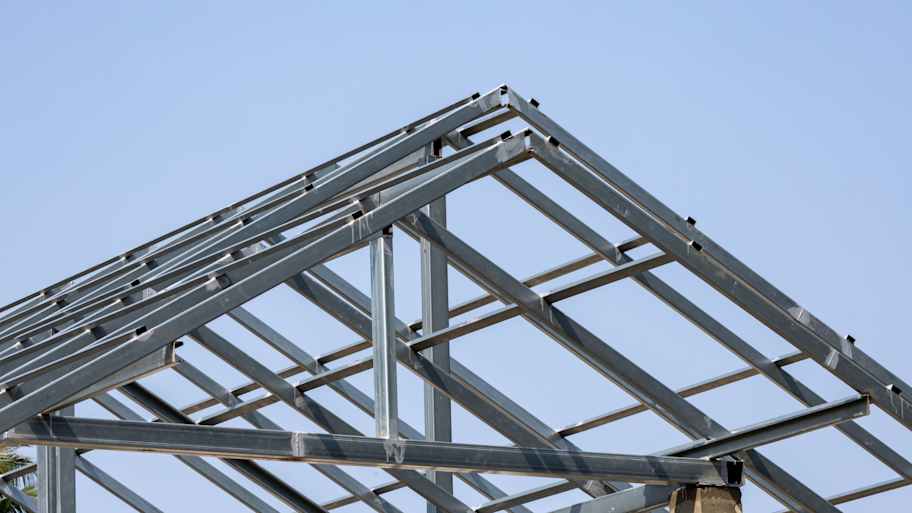
Steel beams are critical framing components that support your house. Learn about steel beam sizes and how to determine what size steel beam you need.

Removing columns can open up a space, but you’ll need to exercise caution to avoid damaging your home’s structure. Use these steps to find out if your column is load-bearing.

A home doesn’t collapse unexpectedly. Learn the warning signs that a house will collapse, so you can protect your family and your home.
- Roofing in Williamstown
- Kitchen And Bath Remodeling in Williamstown
- Windows in Williamstown
- Mailbox Repair in Williamstown
- Cleaning in Williamstown
- Garage Builders in Williamstown
- Home Builders in Williamstown
- Plumbing in Williamstown
- Siding in Williamstown
- Fencing in Williamstown
- Electrical in Williamstown
- Septic Tank in Williamstown
- Tree Service in Williamstown
- Landscaping in Williamstown
- Driveways in Williamstown
- Swimming Pools in Williamstown
- Handyman Service in Williamstown
- Garbage Collection in Williamstown
- Awnings in Williamstown
- Doors in Williamstown
- Plaster Plaster Repair in Williamstown
- Computer Repair in Williamstown
- Countertops in Williamstown
- Ceiling Fans in Williamstown
- Gas Leak Repair in Williamstown
- Roofing in Williamstown
- Plumbing in Williamstown
- Tree Service in Williamstown
- Kitchen And Bath Remodeling in Williamstown
- Electrical in Williamstown
- 🌱 "Mow a small front yard"
- 🛠 "Fix a leaking pipe under the sink"
- 🏠 "Repair shingles on an asphalt roof"
